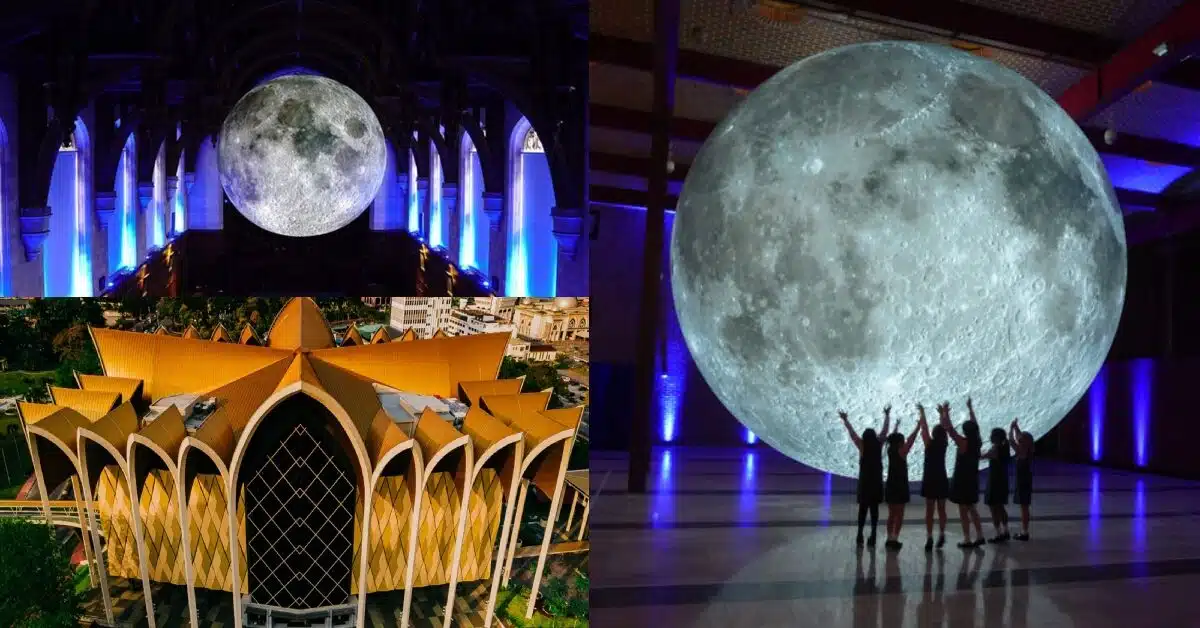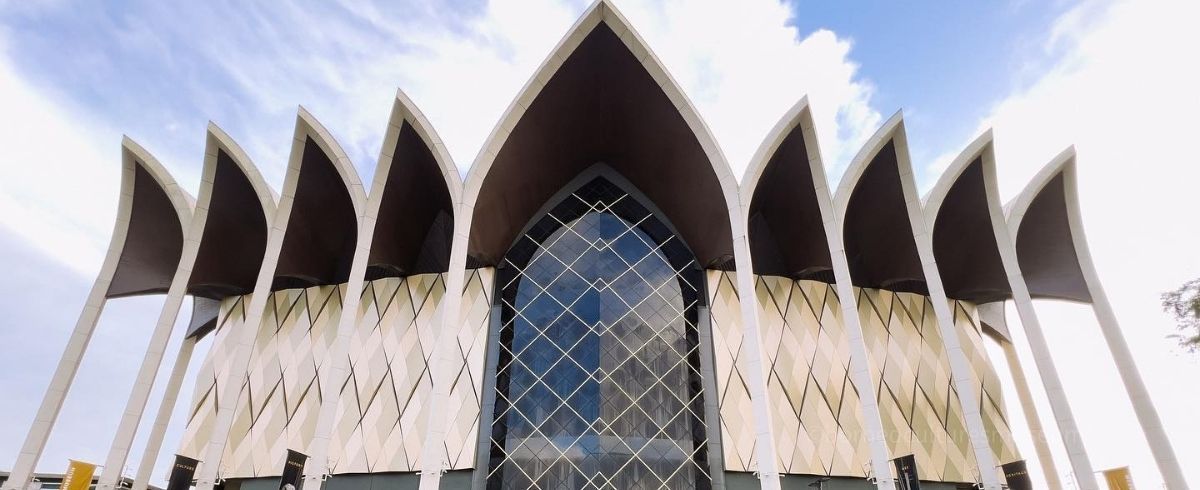Unraveling Customs: Borneo Cultures Museum in Emphasis
Unraveling Customs: Borneo Cultures Museum in Emphasis
Blog Article
Delve Into the Interesting Globe of Borneo's Cultural Heritage: A Comprehensive Guide to the Cultures Gallery Experience
Submersing oneself in the detailed tapestry of Borneo's social heritage is similar to embarking on a voyage via time and tradition. The fusion of indigenous tribes, typical inventions, captivating performances, and historical narratives housed within the confines of the island's galleries provides a glance right into a globe including extensive heritages and lively customizeds. As visitors go across via these repositories of culture, they are bid to check out a realm where past and existing intermingle, welcoming reflection on the durability and richness of Borneo's varied heritage.
Indigenous People of Borneo
Borneo is home to over 50 native people, each with special social techniques and customs that have actually been preserved for generations. Amongst these people are the Iban, known for their complex tattoos and traditional longhouses where numerous family members live. The Dayak individuals, another prominent group, engage in elaborate spiritual ceremonies and are competent craftsmens, crafting elaborate wood makings and woven fabrics. The Penan tribe, on the other hand, are nomadic hunter-gatherers with a deep link to the rain forest, utilizing blowpipes for searching and event wild plants for sustenance.
These aboriginal tribes play a vital duty in keeping Borneo's abundant social tapestry. Site visitors to Borneo have the chance to engage themselves in the unique lifestyles of these tribes via social trips, homestays, and community-based tourism campaigns.
Typical Inventions and Artefacts

One famous example of traditional inventions in Borneo is the manufacturing of woven goods - Borneo Cultures Museum. Knowledgeable weavers utilize all-natural fibers like bamboo, pandan, and rattan entrusts to develop intricate baskets, floor coverings, and accessories embellished with vivid patterns that hold symbolic significances within the neighborhood
The art of woodcarving is another significant element of Borneo's typical inventions. Craftsmens carve detailed designs into various types of wood to produce masks, sculptures, and musical tools that not only offer useful purposes yet likewise hold cultural relevance, often illustrating mythology or spiritual ideas.
Additionally, Borneo is renowned for its beadwork, with craftsmens carefully crafting grains from products like glass, seeds, and shells to create precious jewelry, apparel embellishments, and attractive items that display the region's lively visual traditions. These traditional handicrafts and artifacts not only offer as substantial expressions of Borneo's cultural heritage but also give insights into the areas' beliefs, worths, and means of life.

Social Performances and Festivals
With an ingrained connection to their social traditions, the areas in Borneo come active through vivid cultural efficiencies and events that celebrate their heritage. These events display the rich diversity of Borneo's ethnic groups, each offering distinct dances, music, and routines that have actually been passed down through generations. One of one of the most prominent festivals is the Gawai Dayak, commemorated by the Dayak individuals to mark the rice collecting season. During this celebration, standard songs loads the air, complex dances are carried out, and sophisticated standard outfits are worn. One more considerable event is the Pesta Kaamatan, commemorated by the Kadazandusun community to offer many thanks for the rice harvest. This festival includes cultural efficiencies, consisting of the Sumazau dancing, and traditional sports like the bamboo dance. Site visitors to Borneo can immerse themselves in these festivities, check over here gaining a much deeper understanding of the area's social heritage and experiencing the warm hospitality of its people. Social efficiencies and celebrations function as a vibrant tip of Borneo's abundant cultural tapestry and the importance of preserving these customs for future generations.
Historical Stories and Artefacts
Checking out the historic narratives and artifacts of Borneo provides an interesting glimpse into the area's rich past and social evolution. Borneo's historical tapestry is woven with diverse influences, mirroring the communications between aboriginal people, Chinese traders, European colonizers, and Malay sultanates. The artefacts discovered in Borneo display this detailed background, varying from conventional crafts like detailed beadwork and woodcarvings to archaeological treasures such as ancient ceramic and devices.
Among the most compelling elements of Borneo's historic narratives is the preservation of oral practices gave through generations. These tales supply understandings into the beliefs, customs, and every day lives of Borneo's occupants throughout the centuries. The artefacts uncovered from archaeological sites use substantial connections to these narratives, allowing visitors to witness the material culture of past societies firsthand.
Contemporary Cultural Conservation Initiatives

Additionally, academic programs and social exchange tasks play an essential role in raising understanding about the value of maintaining Borneo's unique social heritage. By involving schools, museums, and the wider neighborhood in conversations and activities that commemorate Borneo's varied societies, conservation efforts can acquire momentum and assistance for long-term sustainability. Cooperations in between governmental bodies, charitable organizations, and regional areas are crucial in driving these conservation undertakings ahead, making certain that Borneo's abundant social heritage continues to be vivid and treasured for generations to find.
Final Thought
Finally, the cultural heritage of Borneo is rich and varied, with aboriginal tribes, conventional inventions, social performances, festivals, historical narratives, browse this site and contemporary conservation initiatives all adding to its individuality and value. Site visitors to Borneo's cultural galleries can obtain a much deeper understanding and appreciation of the region's cultural heritage, allowing for a much more immersive and enlightening experience.
Immersing oneself in the elaborate tapestry of Borneo's cultural heritage is similar to embarking on a trip with time and practice.With an ingrained additional info connection to their cultural traditions, the communities in Borneo come alive via dynamic social performances and celebrations that commemorate their heritage. Social efficiencies and festivals serve as a vibrant tip of Borneo's abundant cultural tapestry and the significance of protecting these customs for future generations.
Additionally, educational programs and social exchange tasks play a vital duty in raising awareness about the relevance of protecting Borneo's unique cultural heritage. Cooperations in between governmental bodies, non-profit companies, and local areas are vital in driving these preservation endeavors forward, making certain that Borneo's rich cultural heritage stays dynamic and valued for generations to come.
Report this page